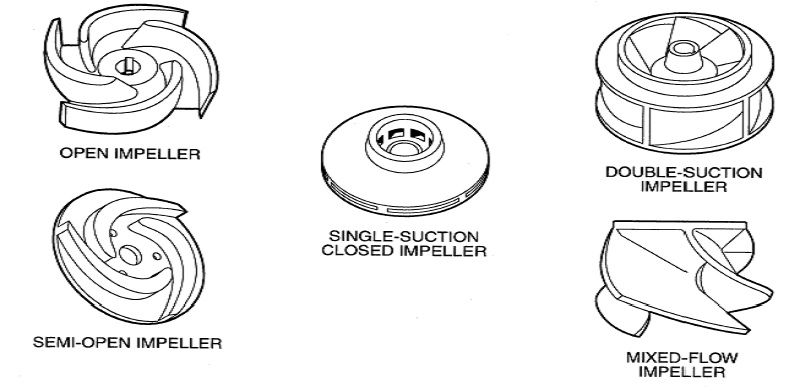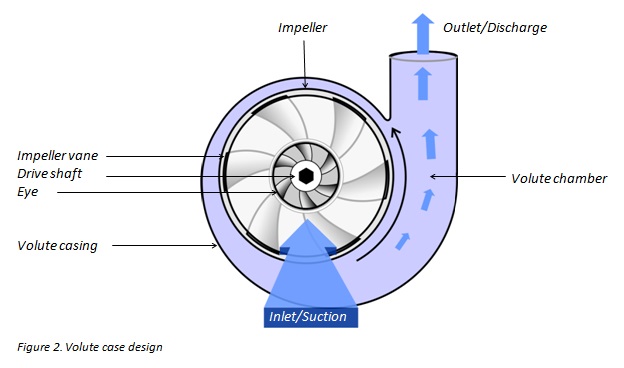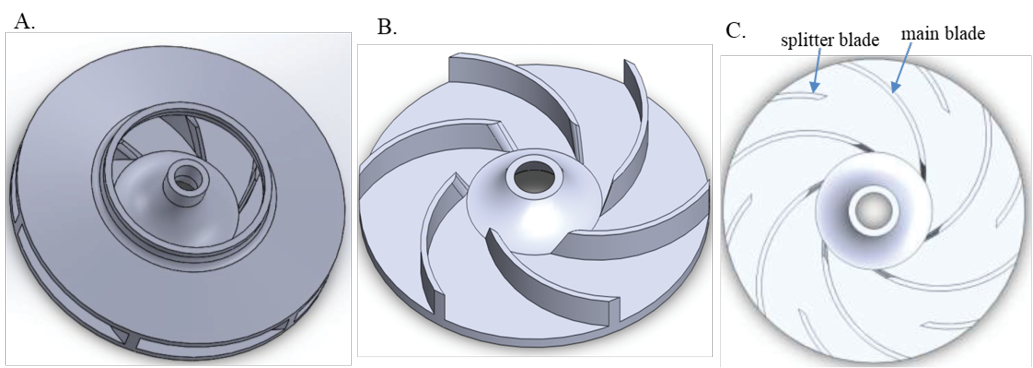

The degas port extends deep inside the pump to the expeller's eye connecting the external vacuum hose to the degas pipe and pulls gases out of the pump and away from the expeller. This is where the removal of the gases takes place. Any gases will accumulate in the eye of the expeller just as they did in the eye of the impeller. The recirculation pipe is routed back towards the centrifugal pump's suction inlet where the liquid carryover returns to the process.Īs the gases migrate from the impeller and into the expeller chamber, the expeller's centrifugal force separates the liquid from the gases.

The recirculation pipe is connected to the peripheral portion of the stuffing box where liquid accumulates by the expeller's centrifugal force. The expeller's centrifugal force moves any liquid carryover into the recirculation pipe. The expeller mounted to the shaft inside the stuffing box separates any liquid carryover from the gases. (Images and graphics courtesy of Fluid Process Equipment An external vacuum pump is attached to the centrifugal pump. This creates lower pressure behind the impeller, inducing gases to migrate through the balancing holes and into the degas zone, which is the stuffing box area in conventional pumps.įigure 1. The vacuum hose from the external vacuum pump connects to the centrifugal pump's degas pipe, which is attached to the stuffing box (see Figure 1). This model has a unique stuffing box arrangement consisting primarily of an expeller inside the stuffing box located behind the impeller, a degas pipe and a recirculation pipe. The first pump design has an external liquid ring vacuum pump mounted next to it. Two different pump models use this design, but each employs a different method to create the lower pressure behind the impeller. This concept allows the pump to perform like a normal centrifugal pump while pumping liquids with high gas entrainment. By introducing a lower pressure behind the impeller, the balancing holes allow a removal route for the gases accumulating in the impeller's eye. The balancing holes allow gases to pass through the impeller eye. One specially made impeller features teardrop-shaped balancing holes located closer to the center of the impeller, where the gases accumulate. The pump essentially vapor locks and no longer performs. Eventually, the gases increase so much that a bubble forms, preventing the liquid from entering the impeller. The impeller center is an area of low pressure, which leads to gas accumulation. This is because the centrifugal effect imparted by the impeller vanes onto the liquid causes the air or gas to separate from the liquid. In conventional centrifugal pumping, a liquid's air or gas migrates to the impeller's center. The system can pump liquids containing up to 70 percent gases. One particular centrifugal pump moves liquids containing large amounts of air and other gases. This is a result of too much air entrainment in the process. Many operators have problematic pumps that continue to vapor lock.


Some facilities use too much defoaming chemical to prevent pumps from vapor locking or to halt flow instabilities. Other methods use expensive and environmentally unfriendly defoaming chemicals. However, this technology is highly inefficient. A conventional method of dealing with this issue is using recessed, impeller-style pumps. Air and gas entrainment in pumped liquids is a long-standing problem for centrifugal pumps.


 0 kommentar(er)
0 kommentar(er)
